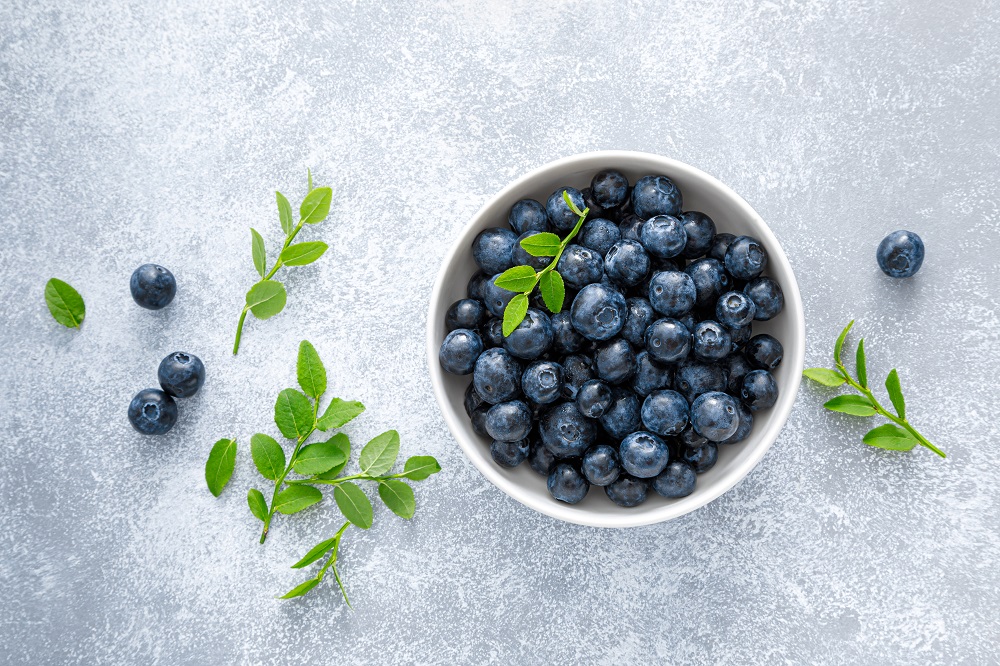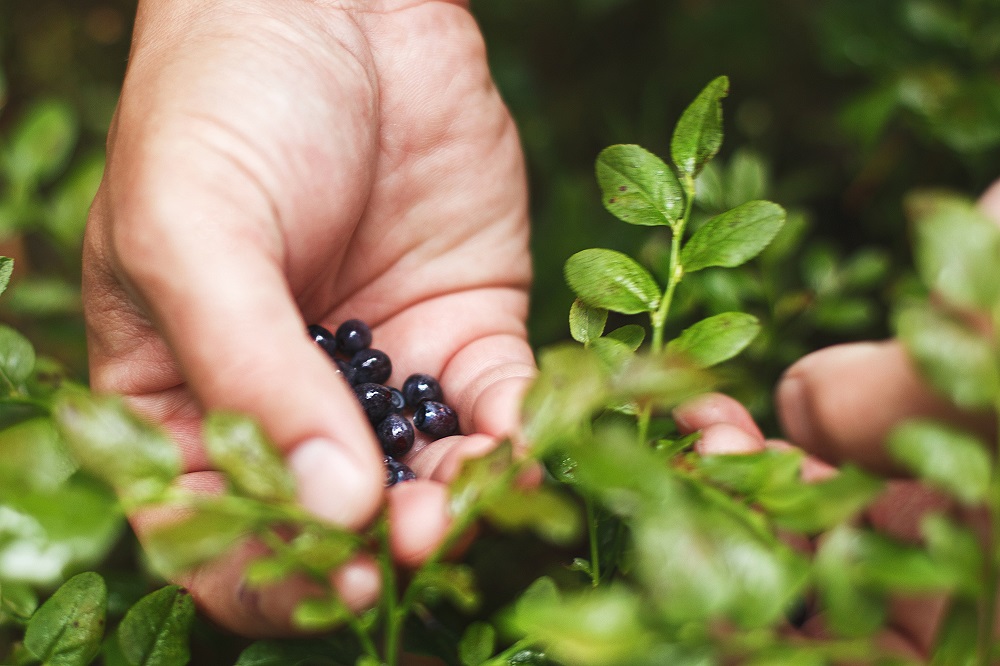Healthy and Ageless Face with Consuming Blueberry, How come?

How to Cultivate Blueberries
(Istimewa)Blueberry is an excellent option for a healthy snacking alternative. Recently this blue fruit has been gaining popularity in Indonesia due to its unique taste and health benefits. Native to North America, blueberries grow in bushes with species that can adapt to a wide range of climates.
In the United States alone, blueberries are cultivated from coast to coast from the warmer climate of California to the colder climate of Minnesota. This is why the United States is the number one producer of blueberries, followed by Canada.
In North America, blueberries are one of the staple fruits that can be consumed all season long. There, blueberries can be found in all kinds of forms, from farm-fresh to frozen, concentrated, pureed, canned, or even dried, so that they can be used in various food products. This juicy and slightly sour fruit is one to try.
Health Benefits of Blueberries for Your Skin
Blueberry is a small, around 5-16 millimeter in diameter fruit that when you bite into it, a burst of sweet and sour juice comes out. Some people compare the feeling of eating blueberries to sour candy, but the healthier kind. And blueberries are indeed good for your health. According to Healthline, blueberries are among the most nutrient-dense berries.

A single serving of 148 grams of blueberries contains 4 grams of fiber, 24 percent of the recommended dietary intake (RDI) for vitamin C, 36 percent for vitamin K and 25 percent for manganese. Blueberries also contain 15 grams of carbohydrates despite it being 85 percent of water, making blueberries a great option for people trying to lose weight.
Another major benefit of blueberries is the high level of antioxidants it has. Antioxidants protect the body from free radicals or unstable molecules that can damage cells and contribute to aging and diseases, such as cancer. Blueberries are believed to have the highest level of this substance out of all other common fruits and vegetables. The main antioxidant compounds in blueberries belong to a family of polyphenol antioxidants called flavonoids, particularly anthocyanin, which is thought to be responsible for many of blueberries’ beneficial health effects. With that, consuming blueberries have been proven to directly increase the antioxidant level in the body.
The high level of antioxidants in the body can neutralize some of the free radicals that are quite unavoidable in everyday life. Neutralizing the free radicals means that it is reducing the DNA damage caused by the free radicals. It is why eating blueberries has been linked to healthy skin. The antioxidant can help to reduce inflammation from acne and as it protects from cell damage, it also helps to reduce the appearance of wrinkles. Making this berry a great supplement for people looking to have healthy, younger-looking skin.
Other health benefits of blueberries include reducing a predominant risk factor for heart disease by preventing oxidative damage to “bad” LDL cholesterol, helping to lower blood pressure, maintaining brain function, and improving memories, along with reducing muscle soreness and fatigue after strenuous activity.
How to Cultivate Blueberries
Though many developed species of blueberries can withstand cold or warm climates, naturally, the plant is known as a subtropical fruit. While growing blueberries in Indonesia’s warm climate is possible, it can be quite a challenge for most gardeners because the plants need special growing conditions. Blueberry plants require a very acidic and well-drained soil that would require monitoring the acidity of the soil.

To know further about how to cultivate your blueberries here are some pointers:
- Choose the right pot. If you decide to plant blueberries in a pot, it is recommended to use a bigger pot with a depth of around 45 cm. The pot also makes it easier to prep the soil and if needed, move the plant.
- Choose blueberry varieties. Choosing more than one variety of blueberries is recommended to help during the pollination process. The plant can self-pollinate, but it does require a close distance from one plant to another to ensure a successful cross-pollination that will result in a higher fruit yield and larger fruits.
- Prepare the soil. Blueberries need an acidic soil with a pH of 4,0 to 5,0. This is due to acidic soil’s ability for absorbing water and nutrients to produce good berries. Regular soil is typically not that acidic. To help a mix of acidic soil can be added, or another alternative is by adding sulfur.
- Planting. After the soil is prepped, plant the blueberries and make sure to water them as with any other plant. It is also recommended to add mulch around the plant to maintain the acidity of the soil.
- Watering. Make sure to water the plants thoroughly at least once per week. Blueberries are shallow-rooted and need at least a couple of inches of water each week.
- Fertilizers. Blueberries thrive in soil with rich organic matter. It is why it’s important to add fertilizer like Ecofert, which contains natural microbes. The microbes in the Ecofert fertilizer help to enrich the soil without having the seedling compete for nitrogen in the soil like when using immature compost. After the initial addition of fertilizer before planting, the fertilizer will need to be added to the plant every month. It is important to maintain the acidity of the soil when growing blueberries. To do this, use a fertilizer with a higher concentration of nitrogen. Fertilizers like NPK Pelangi have many concentrations to choose from depending on the plant’s needs. It even has one that contains natural microbes to help enrich the soil. (Demfarm/Safaanah)
